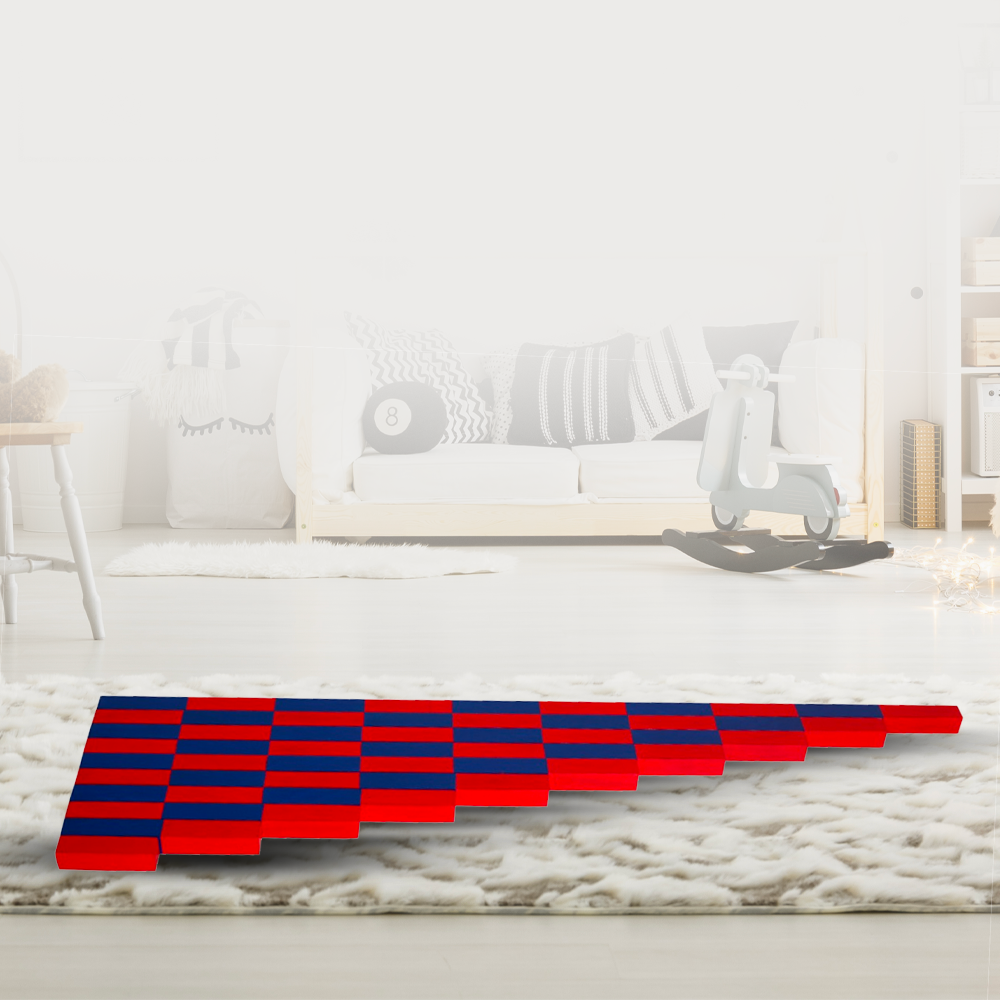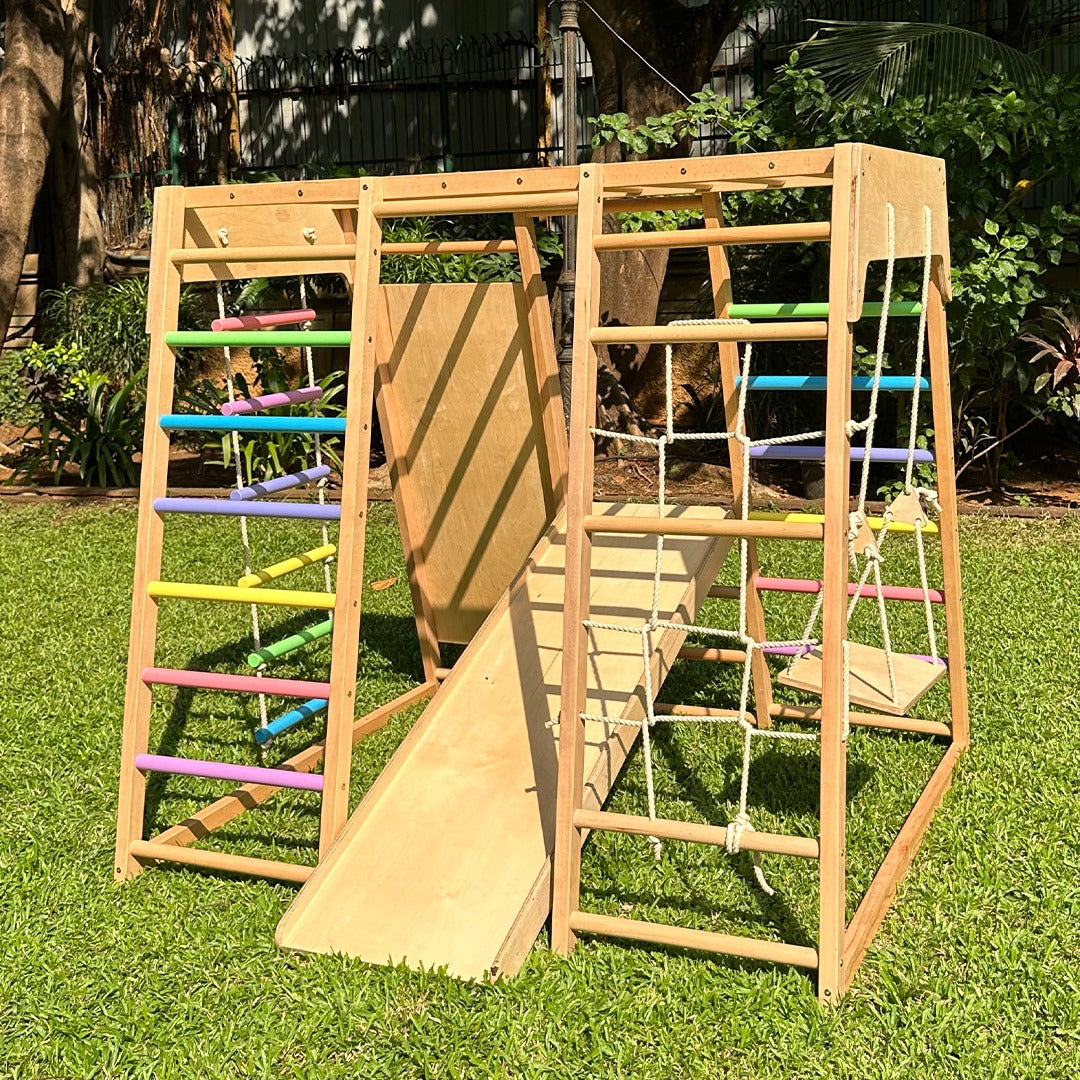Picture this: Your little one, surrounded by a colourful array of toys, suddenly looks up with a plaintive sigh and declares, "Mummy, Papa, I'm bored!" Or perhaps they're constantly reaching for a screen, their attention span seemingly dwindling by the minute. As parents, our immediate instinct often is to leap into action, to entertain, to fill that perceived void with an activity, a new game, or another engaging distraction. But what if we paused for a moment and considered that these very instances of "nothing to do" are, in fact, profoundly valuable opportunities for their developing minds?
It's a fascinating insight that allowing a child to experience unstructured moments of "boredom" is not a parenting oversight, but rather a powerful, research-backed catalyst for their brain's developing creativity, resilience, and problem-solving abilities. This isn't about neglecting our children; it's about intentionally creating space for their inner worlds to unfurl and thrive.
Beyond the Whines: Unpacking the Science of 'Nothing to Do'
When a child expresses boredom, it's often their brain signalling a transition. Instead of being bombarded by external stimuli, the mind shifts inward. Neuroscientists refer to this state as activating the "default mode network," a crucial brain system that becomes highly active when we're not focused on an external task. It's during these quiet, seemingly unproductive moments that the brain consolidates memories, plans for the future, and, most importantly, engages in divergent thinking – the ability to generate novel ideas from multiple perspectives.
Think of it as a mental playground where ideas can tumble freely, unconnected by immediate tasks. This internal processing allows children to forge new neural pathways, connecting disparate pieces of information they've absorbed. It's here that the seeds of imagination are truly sown, blossoming into unique creations and innovative solutions to self-imposed challenges.
Cultivating Imagination in a World of Constant Stimulation
In our increasingly fast-paced world, filled with readily available entertainment from digital devices to structured classes, children are rarely left to simply 'be.' While organised activities have their place, a constant barrage of external input can inadvertently stifle a child's intrinsic drive to create and explore. When every moment is curated, there's little room for the delightful surprise of self-discovery.
Consider the generations before us in India. Many of us grew up with simpler toys, spending hours creating intricate games with just a few pebbles, some string, or discarded kitchen items. A *dupatta* transformed into a superhero cape, an empty spice box became a drum, or a collection of colourful *bindis* turned into an elaborate pattern on the floor. These weren't just pastimes; they were profound exercises in creative problem-solving and imaginative world-building, born directly from moments of unstructured play when "there was nothing to do."
The Montessori Whisper: Trusting the Child's Inner Drive
This understanding of boredom's potential aligns beautifully with principles found in Montessori and other child-centred methodologies. These approaches emphasize a "prepared environment" – a space rich with open-ended materials – but then step back, trusting the child's innate curiosity and inner directive. It's not about constant instruction, but about providing the resources and the freedom for a child to choose, explore, and invent their own learning experiences.
When a child is "bored" and an adult doesn't immediately swoop in, they are compelled to look within for solutions. They might revisit a toy with a new perspective, combine objects in unusual ways, or simply sit and ponder, which is an invaluable exercise in itself. This self-initiation is a cornerstone of developing executive functions – skills like planning, task initiation, and cognitive flexibility, all vital for academic success and life beyond.
An Environment for Innovation: Embracing the Empty Canvas
So, how can we as parents embrace this "gift of boredom"? It's less about doing more and more about doing less. It involves creating a home environment that invites exploration without dictating it. This means providing open-ended play materials – blocks, art supplies, natural elements like leaves and sticks, or even simple household items – that can be transformed into anything a child imagines.
It also means limiting the urge to instantly offer a screen or a highly structured activity. Instead, we can gently encourage them with a simple phrase, "What could you do with what's around you?" or "Tell me what ideas are brewing in your head." Often, the most profound learning happens in those quiet lulls, when children are left to their own devices, perhaps building a fort with old blankets, choreographing a dance routine to a favourite Bollywood song, or simply creating an elaborate imaginary scenario with their dolls or action figures.
Embracing these moments of unstructured time helps children develop vital coping mechanisms, teaches them self-regulation, and fosters a sense of agency over their own experiences. They learn to entertain themselves, to problem-solve, and to transform perceived emptiness into boundless possibilities. It's a powerful lesson in resilience and resourcefulness that will serve them well throughout their lives.
Next time your child announces their boredom, resist the immediate urge to fill the silence. Instead, view it as an invaluable opportunity for their brain to stretch, innovate, and discover the extraordinary power of their own imagination. Allow them the space to invent, to ponder, and to truly become the architects of their own creative worlds.
For parents seeking toys that spark this kind of open-ended, child-led discovery, SkilloToys offers a thoughtfully curated collection designed to foster creativity and problem-solving. Explore our range of safe, educational, and play-based learning toys that encourage children to invent, imagine, and build their own unique adventures, transforming boredom into brilliant play at SkilloToys.com.



